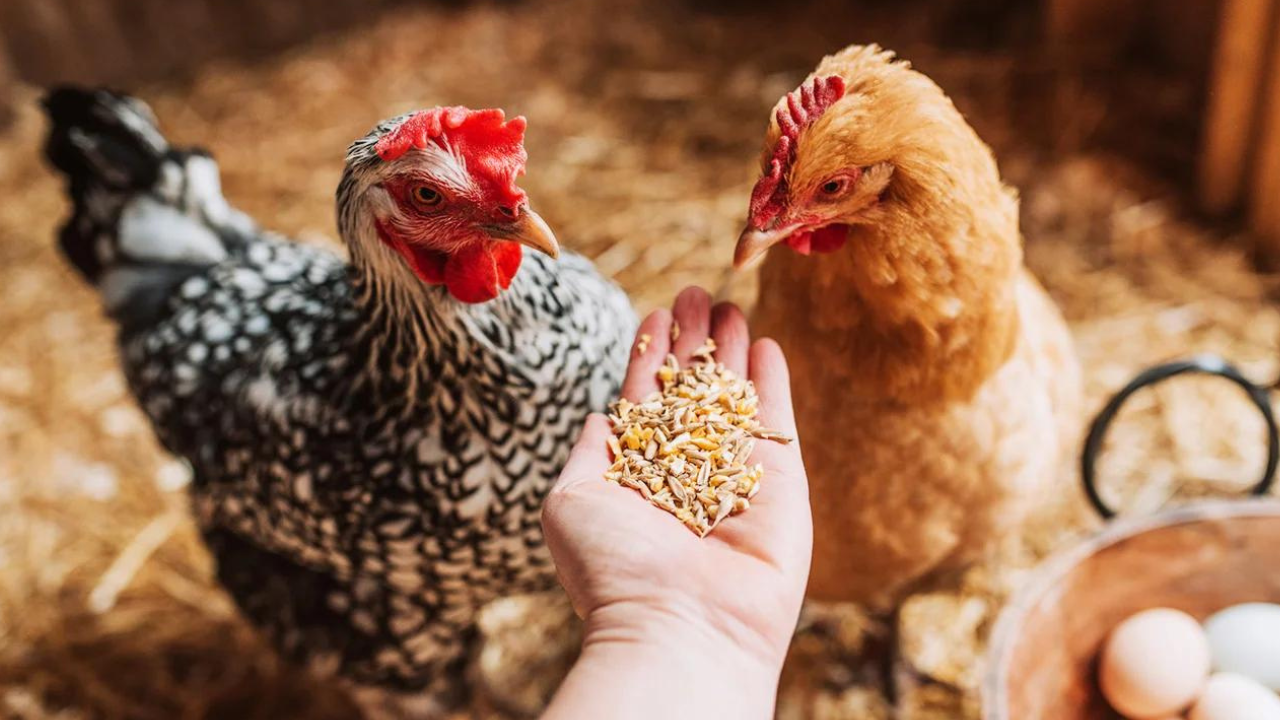Rooster spur injuries are a notable concern among poultry handlers, farmers, and pet owners who work with roosters. These injuries are typically the result of defensive or aggressive behavior exhibited by roosters, particularly during mating season or when they perceive a threat to their territory or flock. Understanding the underlying causes and characteristics of rooster spur injuries can help in preventing these incidents and managing them effectively when they do occur.
Rooster spurs are sharp, bony protrusions located on the inner side of the leg, above the chicken’s toes. These spurs grow continuously throughout the rooster’s life and serve as both a tool for defense against predators and a means of establishing dominance over other males, particularly in the context of mating rituals. The spurs can become quite long and pointed, making them dangerous weapons in conflicts.
When a rooster feels threatened, it might use these spurs to kick at potential threats, which can lead to puncture wounds, lacerations, or deep scratches on humans and other animals. The risk of infection from such injuries is significant, given the natural environment in which roosters live, which often involves exposure to dirt and bacteria.
Proper awareness and handling techniques are essential for anyone dealing with roosters to minimize the risk of spur injuries. This includes understanding the body language of roosters, recognizing the signs of aggression, and employing safe handling practices. Additionally, certain measures can be taken to manage the length and sharpness of the spurs, thereby reducing the potential harm they can cause.
Given the frequency and severity of rooster spur injuries, it is imperative for individuals working with these animals to be well-informed about the nature of these injuries, their causes, and effective strategies for prevention and treatment. In the subsequent sections, we will delve deeper into practical approaches for minimizing the risks associated with rooster spurs and managing injuries when they occur.
Common Causes of Rooster Spur Injuries
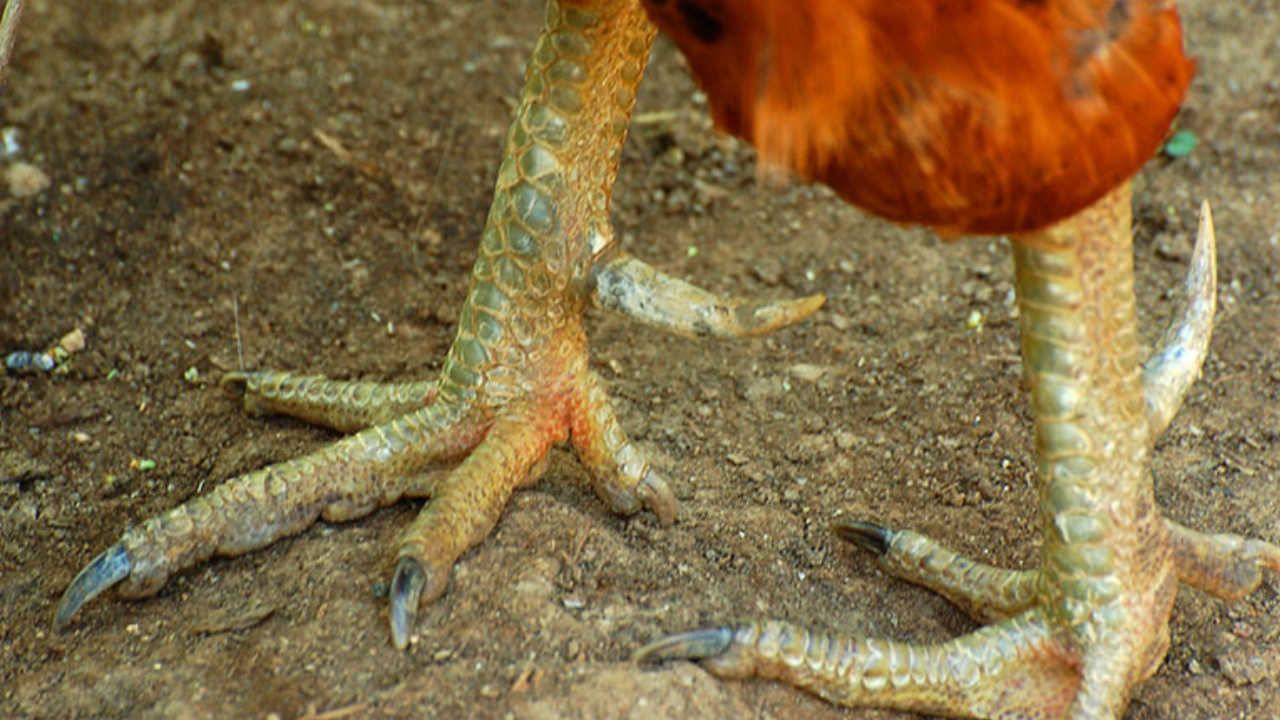
Rooster spur injuries to humans often arise under specific conditions that amplify the likelihood of aggressive encounters. One of the primary triggers of such aggression is the rooster’s instinctive behavior during the mating season. During this period, roosters exhibit heightened territoriality and protectiveness, which can lead to aggressive actions if they perceive a threat to their dominance or to the hens within their flock. Human presence, particularly if it is intrusive or sudden, can be misinterpreted by the rooster as a challenge, prompting a swift and aggressive response.
Another significant cause of rooster spur injuries stems from territorial defense. Roosters are innately territorial creatures, committing themselves to defending their domain against any perceived interlopers. This natural instinct ensures that the flock remains safe from potential predators and rivals. Unfortunately, though, it can also result in aggressive encounters with humans. Simple activities such as entering the rooster’s pen, collecting eggs, or performing routine maintenance can trigger a defensive attack aimed at protecting the territory.
Human interaction errors also contribute to the prevalence of rooster spur injuries. Individuals who are unfamiliar with rooster behavior may inadvertently provoke aggression through improper handling, loud noises, or sudden movements. Additionally, lack of awareness regarding rooster body language can exacerbate the situation. For instance, if a rooster displays signs of aggression—such as puffing up feathers, spreading wings, vocalizing loudly, or making direct eye contact—these are clear warnings that the rooster feels threatened and may attack to assert dominance or protect its flock.
Understanding these common causes of rooster spur injuries can help in mitigating risks. By identifying triggers and signs of aggression in roosters, one can take informed steps to prevent potential injuries, ensuring safer and more harmonious human-rooster interactions. This awareness is crucial in settings where frequent contact with roosters is inevitable, whether on farms, in backyard coops, or in petting zoos.
Types of Injuries and Immediate First Aid
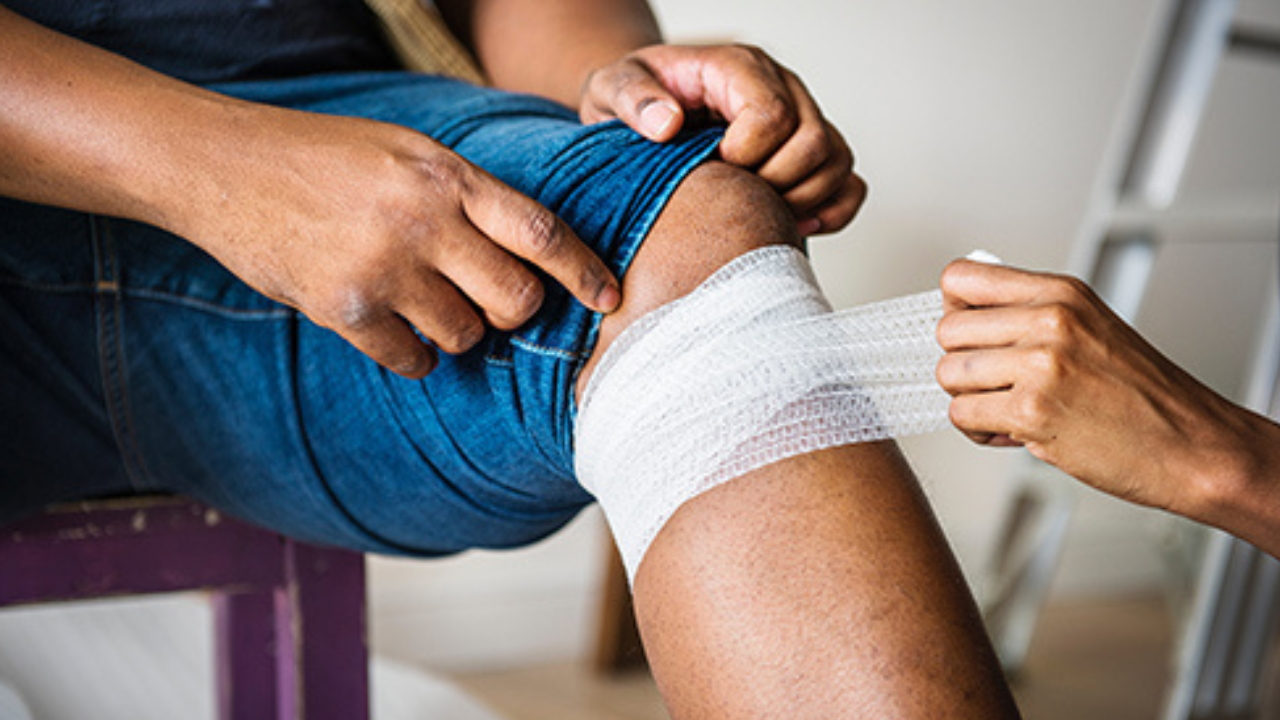
Rooster spur injuries can vary in severity, from minor scrapes to deep puncture wounds. Understanding these types of injuries is crucial for appropriate and timely intervention. Puncture wounds are among the most common and serious, as rooster spurs are sharp and can penetrate deeply into the skin, potentially reaching muscles or other underlying tissues. Such injuries are prone to infections if not properly managed. Conversely, scrapes and abrasions, though generally less severe, can still pose a risk if they cause extensive skin damage or if foreign particles enter the wound. Additionally, these types of injuries might result in secondary infections, such as cellulitis, if bacteria from the rooster’s environment contaminate the wound.
Immediate first aid is essential in mitigating the effects of these injuries. The first step is to clean the wound thoroughly to remove any debris and reduce the risk of infection. It is advisable to use clean water or a saline solution for this purpose, followed by an antiseptic to further disinfect the area. Once cleaned, the wound should be covered with a sterile dressing or bandage to protect it from further contamination. It’s important to ensure that the dressing is securely in place but not so tight that it restricts circulation.
Monitoring the injury for signs of infection is also critical. Symptoms such as increasing redness, swelling, warmth, or pus discharge indicate that the wound may be infected. In such cases, or if the puncture wound appears particularly deep, it is imperative to seek medical attention promptly. Antibiotics may be necessary to prevent the spread of infection, and a healthcare professional can provide further wound care instructions.
Understanding the different types of injuries that rooster spurs can cause and taking immediate and appropriate first aid measures can significantly decrease the risk of complications. This not only helps in quicker recovery but also minimizes the chances of long-term adverse effects.“`html
Preventive Measures to Avoid Rooster Spur Injuries
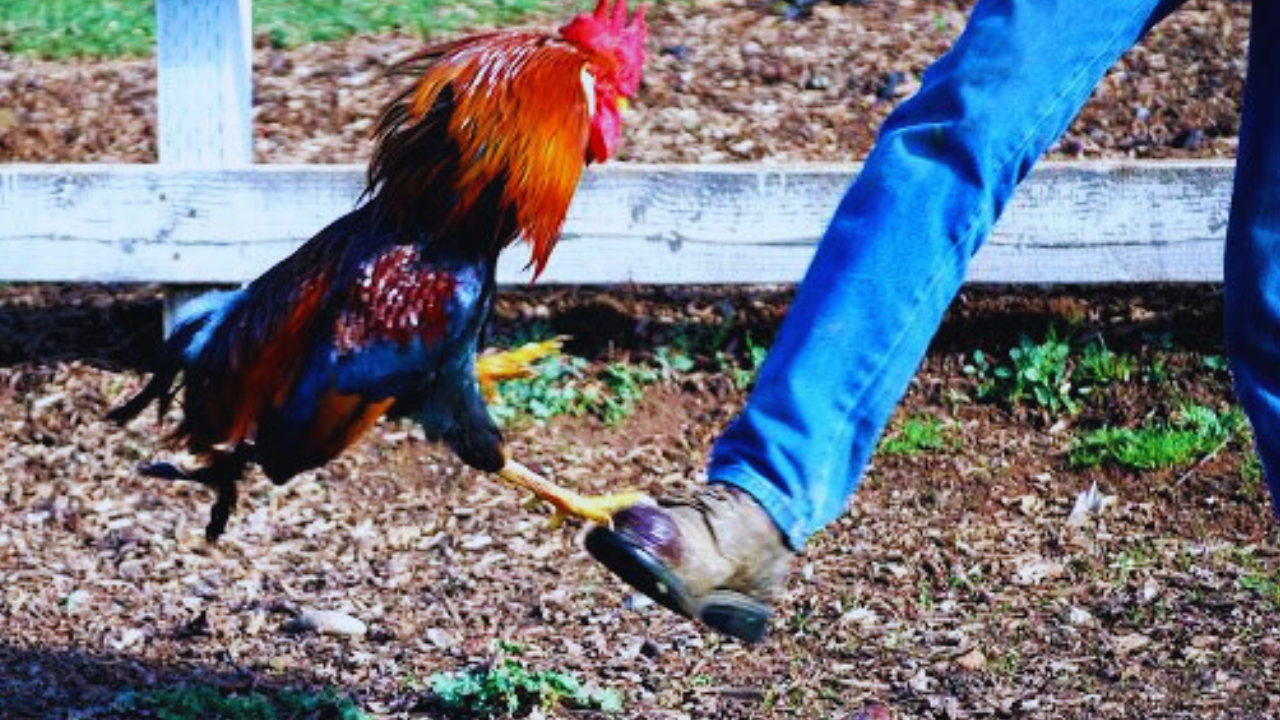
Rooster spur injuries can be a significant concern for those who handle these birds regularly. Preventive measures are crucial to mitigating the risk of such injuries. One of the foundational strategies involves appropriate handling techniques. Ensuring that roosters are accustomed to human interaction from a young age makes them less prone to aggressive behavior. Regular, gentle handling can help build trust between the bird and the handler, reducing the likelihood of spur attacks.
Recognizing the warning signs of aggression is another essential aspect of prevention. Roosters often exhibit certain behaviors before attacking, such as puffing up feathers, staring, or making specific vocalizations. Being vigilant and responding promptly to these signals can prevent an injury. Handlers should retreat calmly at the first sign of aggression to de-escalate the situation.
Protective clothing and gear are vital components of a prevention strategy. Wearing long sleeves, long pants, and gloves can offer added protection against possible spur injuries. Additionally, specialized gear, such as poultry handling gloves and arm guards, are available and can be particularly effective when dealing with more aggressive roosters.
Minimizing aggressive behavior in roosters involves a multifaceted approach. First, ensuring the rooster’s environment is not overly crowded and that it has enough space to roam can reduce stress and territorial behavior. Providing roosters with regular mental and physical stimulation through toys and interaction can contribute to a calmer disposition. Importantly, any signs of early aggression should be addressed immediately through training and, if necessary, consultation with an avian veterinarian or an animal behaviorist.
Prevention is always preferable to treatment. By incorporating these measures, handlers can create a safer environment for both themselves and their roosters, significantly reducing the occurrence of spur injuries.“`
Long-term Treatment and Recovery

The management of more severe rooster spur injuries necessitates a comprehensive approach to ensure optimal recovery and prevent potential complications. Immediate attention is crucial for deep lacerations, punctures, or wounds with significant tissue damage. The initial step involves thoroughly cleaning the wound with antiseptic solutions to reduce the risk of infection.
Once the wound is clean, the application of pressure and sterile bandages helps control bleeding and protects the area from further contamination. Depending on the severity of the injury, medical intervention may be required. Administering a tetanus shot is essential if the individual’s vaccination status is not up-to-date, as puncture wounds, common with spur injuries, harbor the risk of tetanus infection.
Antibiotics are often prescribed as a prophylactic measure to combat potential bacterial infections. This is particularly important if the injury is deep or contaminated. The choice of antibiotics should be guided by medical professionals, ensuring the selected medication is appropriate for the type and extent of the injury. Adhering to the prescribed antibiotic regimen is paramount to combating infection effectively.
Proper wound care during the recovery period cannot be overstated. This includes routinely changing dressings, monitoring for signs of infection like redness, swelling, or pus, and keeping the wound clean. Medical follow-ups might be necessary to assess the healing process and address any complications promptly.
The recovery timeline varies based on the injury’s severity and the individual’s overall health. Minor injuries might heal within days, while more severe puncture wounds could take several weeks, necessitating patience and vigilant care. Physical therapy or limited activity may be recommended to prevent stiffness and aid in the restoration of normal function, especially if the injury was in proximity to joints or tendons.
Understanding the importance of long-term treatment and recovery strategies is crucial for anyone handling roosters, emphasizing the need for immediate and thorough care to ensure successful healing and the prevention of long-term complications.“`html
Training Roosters to Reduce Aggression
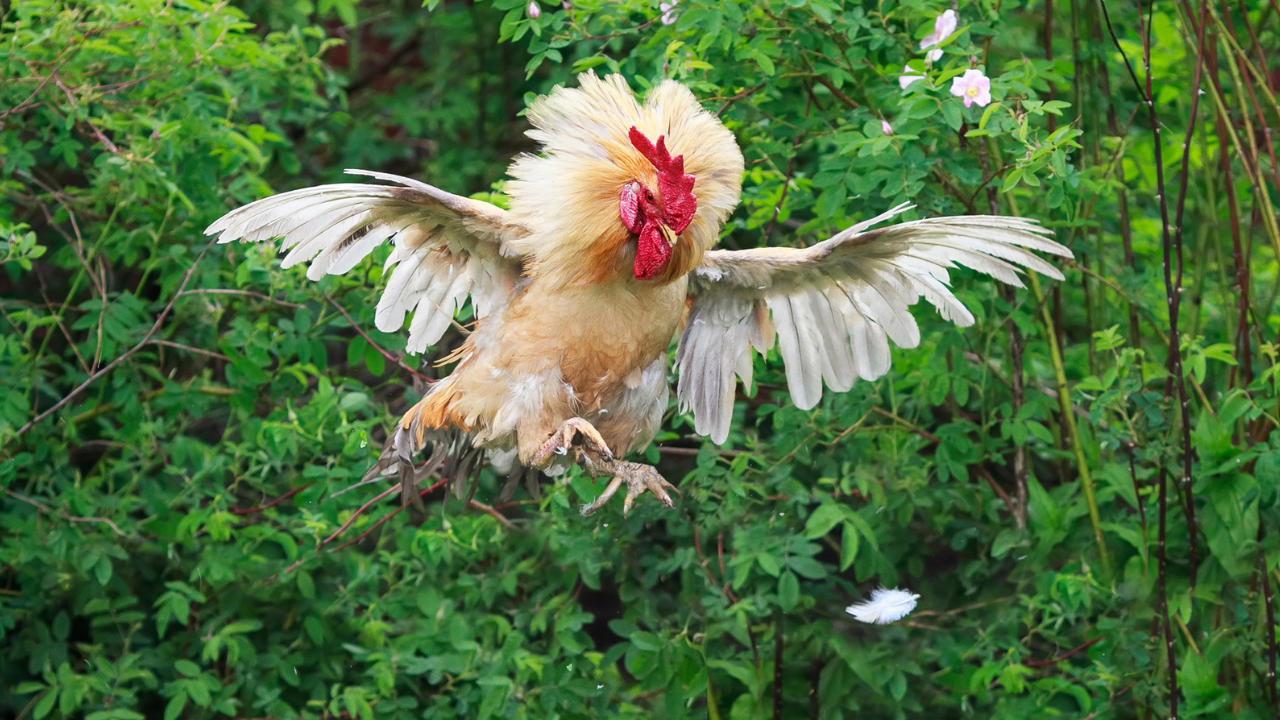
Training methods to reduce aggression in roosters are essential not only for the well-being of the birds but also to minimize the risk of rooster spur injuries to humans. Implementing desensitization techniques, proper socialization, and leveraging positive reinforcement can significantly improve the demeanor of roosters.
Desensitization involves gradually exposing roosters to various stimuli, thereby reducing their aggressive responses over time. This method aims to familiarize roosters with different environments, human interactions, and potential stressors. For example, calmly and consistently handling roosters in a routine manner can accustom them to human presence, reducing their instinctual aggressive defenses.
Proper socialization from an early age is pivotal in reducing aggression in roosters. Integrating chicks with other flock members under controlled conditions promotes harmonious group dynamics. Roosters should be introduced to different environments, people, and fellow birds to build tolerance and adaptive behaviors. Providing ample space and resources such as feed and water also alleviates competition and stress, further curbing aggressive tendencies.
The application of positive reinforcement can encourage non-aggressive behaviors in roosters. This method involves rewarding roosters when they display calm or desired behaviors. Rewards might include treats, gentle petting, or verbal praise. Conversely, it is crucial to avoid negative reinforcement or punishment, as this can heighten fear and aggression. Training sessions should be consistent and timed appropriately—preferably in low-stress situations to maximize their effectiveness.
Employing these training strategies not only promotes a safer environment but also nurtures a more cooperative and manageable flock. Reducing aggression in roosters through desensitization, socialization, and positive reinforcement is a proactive approach, ensuring the welfare of both the birds and the humans who care for them.“`
Selecting and Caring for Your Rooster
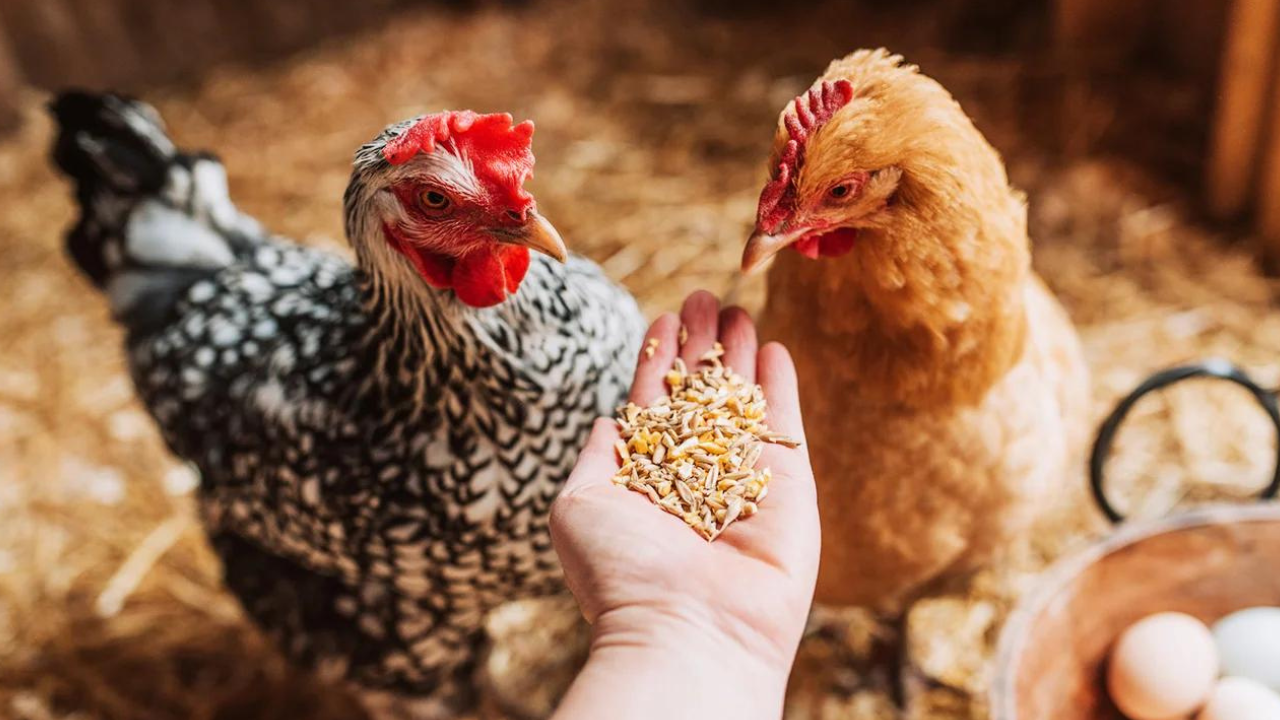
Selecting the right rooster for your poultry flock is crucial to minimizing the likelihood of spur injuries to humans. The temperament of the rooster plays a significant role in ensuring safety around these animals. When choosing a rooster, prioritize those that exhibit calm and non-aggressive behaviors. Signs of a good rooster include gentleness in interactions with hens and humans, as well as a lack of aggressive posturing or incidents of pecking.
Caring for your rooster goes beyond initial selection; continuous care and management are essential. Providing a suitable environment that meets the natural needs of a rooster is crucial in keeping him non-aggressive. Start with proper housing. Ensure that the coop is spacious enough to allow free movement and prevent overcrowding, which can lead to stress and aggression among roosters and hens.
Nutrition also plays a pivotal role in maintaining a peaceful temperament. A balanced diet that includes appropriate amounts of proteins, vitamins, and minerals can prevent dietary deficiencies that might contribute to irritability and aggression. Fresh water should be available at all times to keep roosters hydrated and healthy.
Interacting with your rooster can help establish trust and reduce fears that might incite aggression. Regular, calm, and positive interactions from an early age can socialize your rooster and make him more accustomed to human presence. Avoid sudden movements or loud noises when handling or being near roosters, as this can startle them and provoke defensive behaviors.
Lastly, monitor the health of your rooster regularly. Regular veterinary check-ups can identify and address any health issues that might be causing pain or discomfort, which could, in turn, lead to aggressive behaviors. Keeping roosters healthy, comfortable, and stress-free is essential in fostering a safe and harmonious coexistence between humans and their poultry.
When to Seek Professional Help

Recognizing when to seek professional assistance in dealing with aggressive rooster behavior is crucial for both your safety and the well-being of your flock. Persistent aggression in roosters may not only pose a risk to humans but also disrupt the harmony within a poultry group. It is advisable to consult a veterinarian or a poultry behavior specialist if you observe continuous signs of aggression despite implementing basic training and environmental management techniques.
Veterinarians are equipped to assess whether there might be underlying health issues contributing to the aggressive behavior. Conditions such as hormonal imbalances or illnesses can sometimes manifest as increased aggression. A thorough examination by a vet can help identify and treat these issues, potentially reducing the aggressive tendencies of your rooster.
In situations where health concerns are ruled out, a poultry behavior specialist can offer insights and strategies tailored to your rooster’s specific behavioral patterns. These experts can provide guidance on advanced behavior modification techniques and help design a management plan that mitigates aggression. Interventions may include changes to the rooster’s environment, social structure, or even specific training exercises aimed at reducing hostile behavior.
Furthermore, there are important legal considerations to be aware of when dealing with an aggressive rooster. Local regulations may impose restrictions on keeping animals that pose a risk to human safety. Repeated incidents of aggression might not just lead to potential liability but could also result in the mandatory removal of the rooster from your premises. Knowing the laws in your area and adhering to them is essential in such scenarios.
Ultimately, while it can be manageable to address minor aggressions through basic measures, persistent and severe cases require professional intervention. Both veterinarians and behavior specialists can offer valuable assistance, ensuring a safer environment for both humans and chickens alike. Prioritizing professional help when needed can significantly alleviate the risks associated with aggressive rooster behavior.

